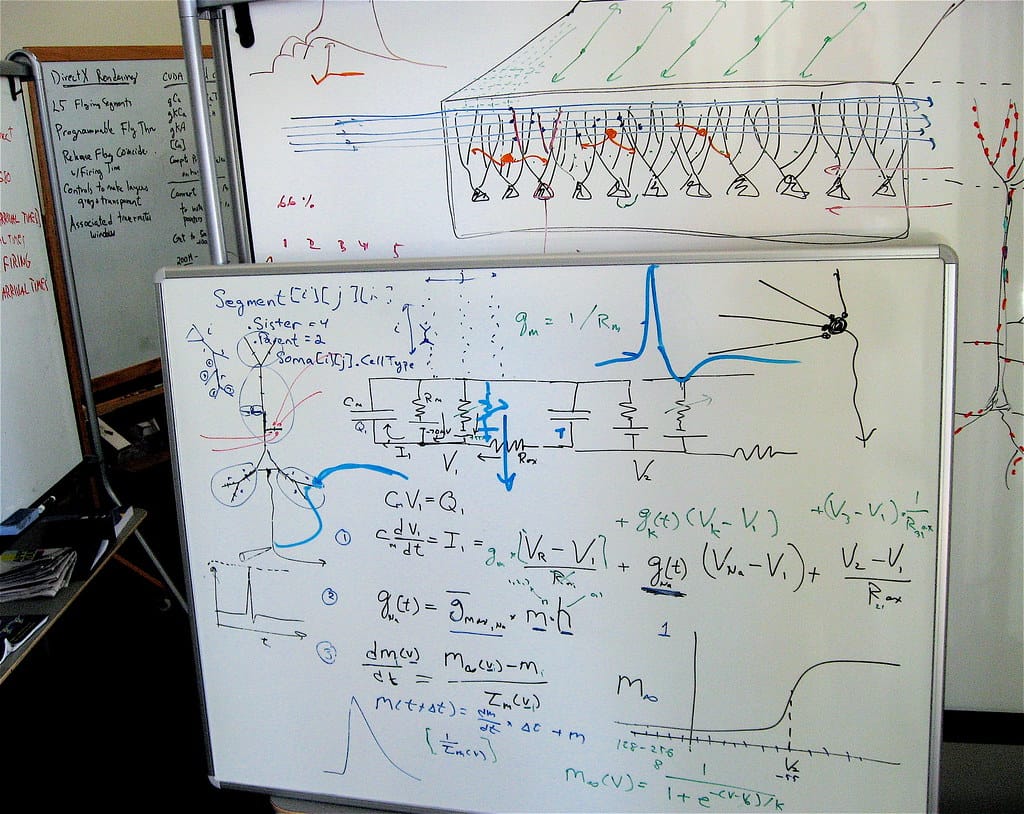Peak Energy Ships America's First Grid-Scale Sodium-Ion Battery, Challenging Lithium's Energy Storage Dominance
Peak Energy has achieved a significant milestone in the U.S. energy storage landscape by shipping America's first grid-scale sodium-ion battery system, marking a potential turning point in how the nation approaches large-scale energy storage. This breakthrough technology could reshape the renewable energy sector by offering a more sustainable and cost-effective alternative to traditional lithium-ion batteries.
Breaking Ground with Sodium-Ion Technology
The California-based energy storage company has successfully deployed its pioneering sodium-ion battery system, representing a major step forward in diversifying America's energy storage portfolio. Unlike lithium-ion batteries that rely on increasingly scarce and expensive lithium, sodium-ion batteries utilize abundant sodium—literally derived from salt—making them potentially more sustainable and economically viable for large-scale applications.
This first-of-its-kind installation demonstrates that sodium-ion technology has matured beyond laboratory prototypes to become a commercially viable solution for grid-scale energy storage, a critical component in the transition to renewable energy sources.
Why Sodium-Ion Matters for Energy Storage
The significance of this development extends far beyond a single installation. Sodium-ion batteries offer several compelling advantages over their lithium-ion counterparts:
Resource Abundance: Sodium is the sixth most abundant element on Earth, found in seawater and salt deposits worldwide. This abundance translates to price stability and reduced supply chain vulnerabilities compared to lithium, which is concentrated in a few geographic regions.
Environmental Benefits: The extraction and processing of sodium have a significantly lower environmental impact than lithium mining, which often requires extensive water usage and can disrupt local ecosystems. Sodium-ion batteries also avoid the use of cobalt, a mineral associated with problematic mining practices.
Safety Advantages: Sodium-ion batteries demonstrate superior thermal stability, reducing fire risks—a critical consideration for large-scale installations near populated areas.
Market Timing and Economic Implications
The timing of Peak Energy's breakthrough aligns perfectly with growing concerns about lithium supply constraints and price volatility. Lithium prices have experienced dramatic fluctuations, reaching record highs in 2022 before declining significantly, highlighting the market's instability.
Grid-scale energy storage represents a rapidly expanding market, with the U.S. Energy Information Administration reporting that battery storage capacity increased by 70% in 2023 alone. As utilities and grid operators seek to integrate more renewable energy sources, reliable and cost-effective storage solutions become increasingly critical.
Early projections suggest that sodium-ion batteries could achieve cost parity with lithium-ion systems within the next three to five years, potentially accelerating adoption across utility-scale projects.
Technical Performance and Real-World Applications
While sodium-ion batteries typically offer lower energy density than lithium-ion systems—meaning they require more space for equivalent storage capacity—this limitation is less critical for stationary grid applications where space constraints are generally less restrictive than in electric vehicles.
Peak Energy's system demonstrates that sodium-ion technology can effectively handle the demanding requirements of grid-scale operations, including rapid charge and discharge cycles needed to balance renewable energy intermittency and provide grid stabilization services.
The technology shows particular promise for long-duration energy storage applications, where systems need to store energy for hours or days rather than minutes, complementing renewable energy sources like solar and wind power.
Industry Response and Future Outlook
The successful deployment has garnered significant attention from utility companies and energy storage developers seeking alternatives to lithium-ion technology. Several major utilities have already expressed interest in evaluating sodium-ion systems for future projects, suggesting broader market adoption may accelerate rapidly.
International markets, particularly in China, have already begun incorporating sodium-ion batteries into grid applications, but Peak Energy's achievement marks America's entry into this emerging technology sector.
A New Chapter in Energy Storage
Peak Energy's milestone represents more than a technological achievement—it signals the beginning of a more diversified and resilient energy storage ecosystem in the United States. As the nation continues its transition toward renewable energy, having multiple battery technologies available reduces risks associated with supply chain disruptions and price volatility.
The success of America's first grid-scale sodium-ion battery installation could catalyze broader industry adoption, potentially establishing sodium-ion technology as a cornerstone of the country's renewable energy infrastructure. For utilities, policymakers, and clean energy advocates, this development offers a promising glimpse into a future where abundant, sustainable energy storage makes renewable power more reliable and accessible than ever before.
